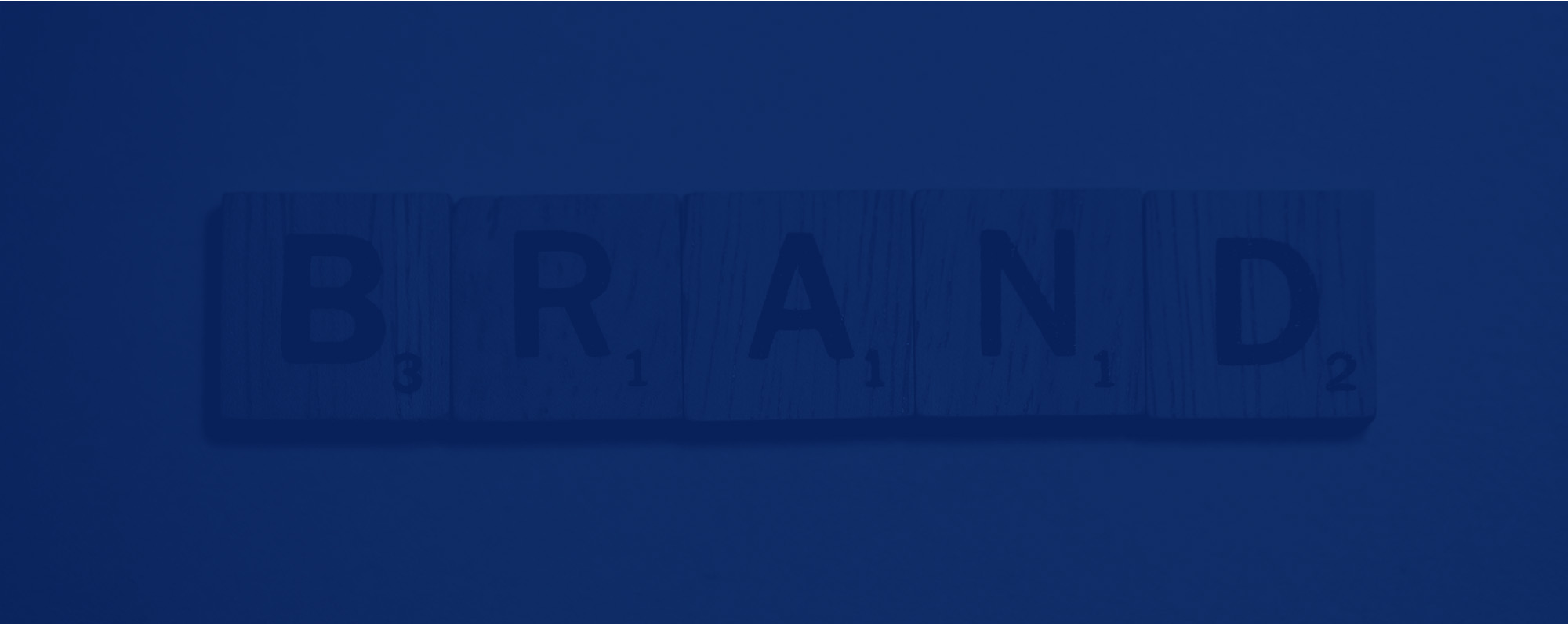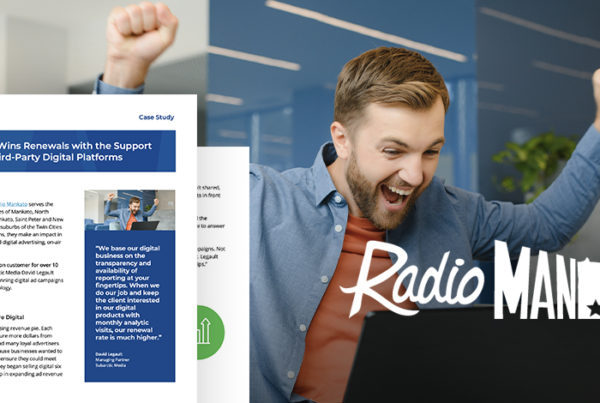The industry has long established that radio ads create impact across the sales funnel. They are fundamental in building and retaining brand awareness. They are also highly engaging. When a consumer is in the market for a product, they recall those spots. There’s even more to celebrate based on research — they boost branded search volume by up to 40%.
If you’re making the case for radio ads, all three points are critical. Let’s dive into the data to develop your compelling pitch.
Radio Ads and Brand Awareness
Radio spots play a key role in brand awareness. It’s an ongoing, consistent tactic that keeps a company top of mind. Consumers need these regular reminders, whether they are long-time residents or new to the area.
In an often-cited research report from Westwood One, radio was the top driver of brand awareness, besting TV. Radio has also surpassed broadcast TV as the leading mass media channel for reach.
More research confirms radio is a powerful lever for brand awareness. A study from MARU/Matchbox reviewed 20 markets where ads were frequent and focused on branding. The results revealed that the campaign achieved a 10% lift in unaided brand awareness recall, which is one of the most challenging to improve.
When local businesses are looking for maximum exposure, radio should be part of their media plan. These data points can be strong testaments to its value.
Radio Ads and Engagement
Awareness and recall are necessary to create engagement. What does engagement mean? It’s about an action someone would take in response to the ad. It could be a call or visit to a website or physical location.
Measuring engagement is often hard, but these recall studies demonstrate post-ad engagement. A study also compared audio and video engagement, finding that audio was more successful, creating a brand choice boost of 10%.
Depending on the engagement desired, radio ads can be very specific in driving action. The CTA just needs to be relevant and memorable.
Radio Ads and Search Growth
A recent analysis of audio ad spending yielded some fascinating branded search metrics. The average was an 18% increase, with some businesses growing this to 40%.
The research found the increased searching wasn’t just immediately after hearing the spot. There was also a delayed effect of audio as a cause of searching weeks later. We could surmise that the awareness and engagement impact lingers. This phenomenon was mostly likely to be stronger for B2B brands than B2C.
It’s another data-driven insight that takes an abstract idea of radio affecting consumer searches and transforms it into an objective fact.
Radio supports almost any advertiser goal, making spots a must-buy for local businesses. Since it’s cost-effective, you can encourage long-term buys that include creative that builds and converts demand.






